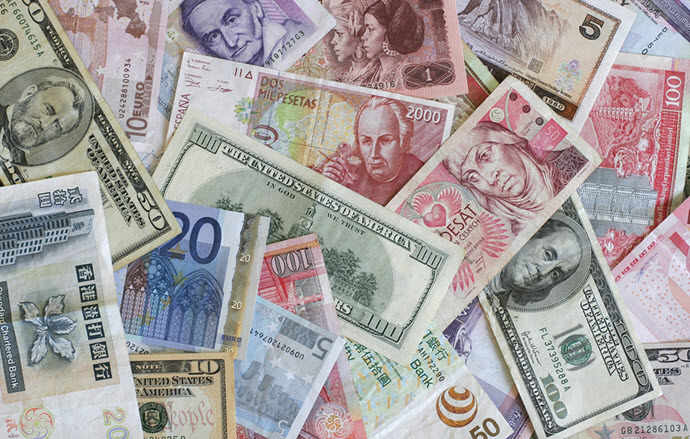By Ed Perkins, Tribune Content Agency
Dealing with money while you’re traveling doesn’t have to be a hassle or a sure loss. A little bit of care and planning can eliminate potential trouble spots before you ever encounter them. Here are my suggestions for 2019.
- Embrace the smart-device revolution and cashless travel. Although you aren’t likely to encounter many cashless stores, restaurants and hotels, at least this year, cashless is coming. And to prepare for the latest major trend, consider opening a “wallet” on your smartphone or tablet. You register one or more credit or debit cards with the wallet, and then pay either by displaying a QR code a seller can scan or by passing your device close to a terminal that detects payment details through near-field radio transmission. The two major payment apps are Apple Pay for iPhone and Google Wallet for Android.
Relying on your smart device can also reduce the paperwork you have to deal with. Many of you have probably already downloaded the apps you need to use your device as a boarding pass for most airlines. If not, consider it for this year’s trip.
At this point, relying on your smartphone or tablet is not essential — yet. But that world is coming faster than you might think. It’s already the norm in China.
- The overall rules for making payments away from home remain as before: Whether you use a wallet or just the plastic, use a credit card for big-ticket items such as air and train tickets, hotel bills, restaurant meals and such; use a debit card in a local ATM for whatever cash you need. Following these simple guides means you don’t have to risk carrying a lot of cash or fuss with travelers’ checks, and you will probably earn miles, points, or cash back on your credit card charges.
- When you use a debit card for cash, figure out a way to avoid ATM fees. If you have an account with a nationwide bank, you can find no-fee ATMs just about everywhere in the United States. If not, however, withdrawals from “foreign” banks — and that means any bank other than the issuer — you’re likely to encounter a combination of stiff fees and exchange surcharges for each withdrawal. In that case, I suggest you do as I do: Open an account with a bank that issues no-fee-anywhere and no-surcharge ATM cards, with no monthly fees, and keep whatever travel money you might need in that account.
- Travel outside the U.S. entails a few extra risks. By now, your credit and debit cards should both have chips. Although you still find plenty of terminals that read magnetic stripes, old stripe-only cards often do not work in automated devices such as gasoline dispensers, toll collection systems and ticket dispensers. Although much of the world has adopted the “chip and PIN” system, the only place I’ve been recently where my chip-and-sign credit card didn’t work was a remote gasoline dispenser in New Zealand, and my debit card worked fine with the usual PIN.
- The biggest current risk for international travel is the trend toward airport ATMs operated by exchange outfits rather than regular banks. Although signs on the machines say “no fee,” those ATMs sock you with really bad exchange rates — typically, the same bad rates you get at the nearby exchange counter. You can lose up to 10 percent of the cash value in one of those machines. Before you leave, use the MasterCard or Visa ATM locators to check if, and if so, where, you can find a legitimate bank ATM at your arrival airport. If you can’t, use your credit card to buy your way into town where you can find a real-bank ATM.
- Beyond these guidelines, by now you know the “usual suspects” of securing your cash and your identity. Use your plastic carefully, and you won’t have any trouble.
(c) 2018 TRIBUNE CONTENT AGENCY, LLC.– April 23, 2019
(Send e-mail to Ed Perkins at eperkins@mind.net. Also, check out Ed’s rail travel website at Rail-Guru.com.)


Leave a Reply